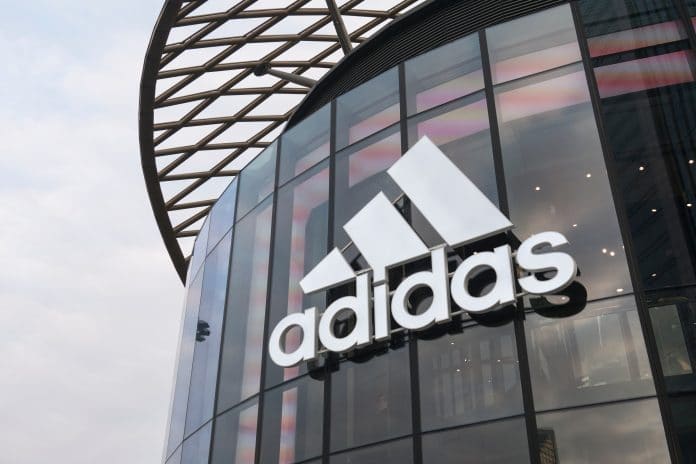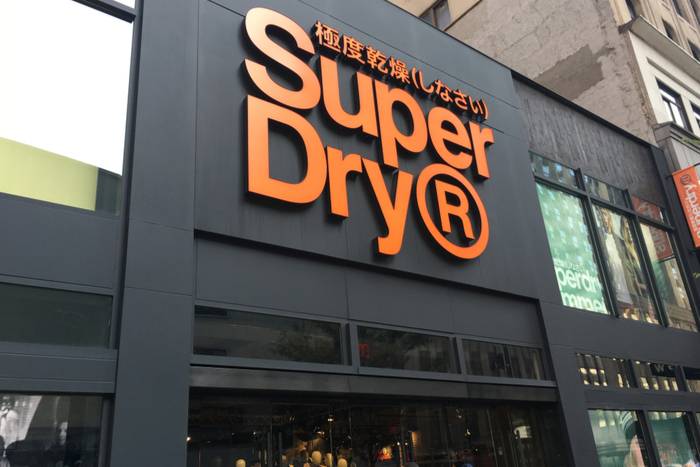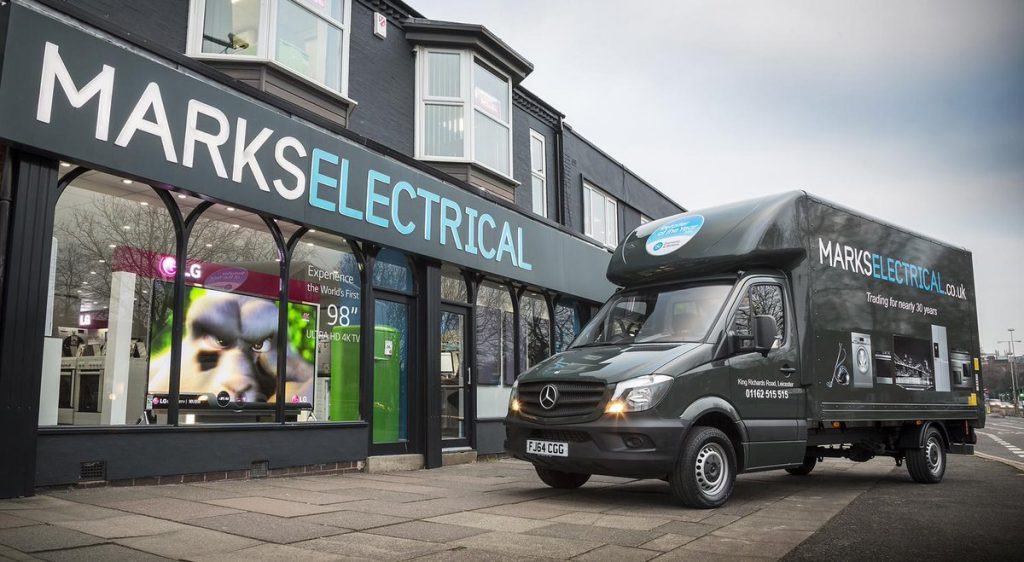In 2013, 75m kids had a fun, Lego related experience. Synonymous with childhood, the popular construction toys are loved worldwide and have been since 1932.
In 2004, the Danish toy maker faced great peril. After 60 something good years, the family owned business is believed to have been at a loss of $400m. There was little hope for Lego. It was up against the corporate axe, waiting to be gobbled up by more than one private equity firm.
A decade later, Lego is bigger and better than ever, having this year launched the computer animated adventure/comedy The Lego Movie, distributed by Warner Bros. Pictures, as well as opening a new head office in London as part of its global strategy.
Fronting that new opening last week in the offices based in New Fetter Place, was Jørgen Vig Knudstorp, the man credited with turning around substantial profit for the company during his 10 year tenure as CEO at Lego.
In a presentation to the media, Knudstorp, who carries lego in his pocket at all times, talked about what it means to be creative.
“When we are 4 years old, imagining is easy” said Knudstorp. “Play, an essential ingredient in childhood, means to learn and to develop”.
Ideology aside, ‘play‘ is very much in place at Lego‘s new head office, the first in the UK to reflect ‘activity based working‘. Not to be confused with hot desking, here is a concept that means no employee has an office or a desk, instead, the choice of working on sofas and in booths across floors allow for chance encounters and collaboration.
Activity based working was first introduced to Bali Padda, Chief Operating Officer at Lego, around a year ago. The Microsoft office in the Netherlands had adopted the abstract idea in 2009, and when Padda flew out to meet the CEO and see the theory in practice, he was sold.
“Why wait until 2.30 for a meeting?” Padda says to Retail Gazette “Why not talk to colleagues straight away, resolve issues and move on to the next big thing?”
The new building, which belongs to the Lego family and covers 2,291 sq m, has four floors: a library come ‘do not disturb‘ floor, followed by a cafeteria come ‘social floor‘ which precedes a ‘meeting‘ floor, and finally a ‘can be disturbed‘ floor. There‘s booths for private phone calls, chalkboard and whiteboard walls for when employees forget their notepads, and even a meditation room.
Lego has done incredibly well and with the motto ‘Kun det bedste er godt nok‘ (‘Only the best is good enough‘), it‘s no surprise.
A key strategy that Lego adapted all those years ago during crisis, was to listen to what its customers wanted. Through all the success and franchise, Lego had forgotten to focus on what it was really good at: creating universally appealing products for children, and even adult fans.
Through focus groups and analysis with core customers, Lego built its way back to the top by concentrating on public demand. That is now embedded into the Lego ethos, particularly through social media, as Conny Kalcher, Vice President, Marketing and Consumer Experiences tells Retail Gazette exclusively.
“We don‘t see social media as a traditional marketing channel, but a way to share news with our fans” she says, smiling. “We invite them to co-create; we developed scenes for our Lego movie with them; we listen very carefully and what our customers say can influence anything from packaging, to manufacturing.”
For Kalcher, a rewarding part of her role is to be aware of fan mail that is received. Thousands of letters, pictures and request from children and adults, are sent through to Lego‘s contact centre in Slough, and every effort is made to honour them.
“We had a 6 year old boy create a Star Wars spaceship, who sent a photo accompanied by detailed instructions on how to replicate his model, he even included where to place bricks.” Lego was touched and so
RELATED STORIES

















